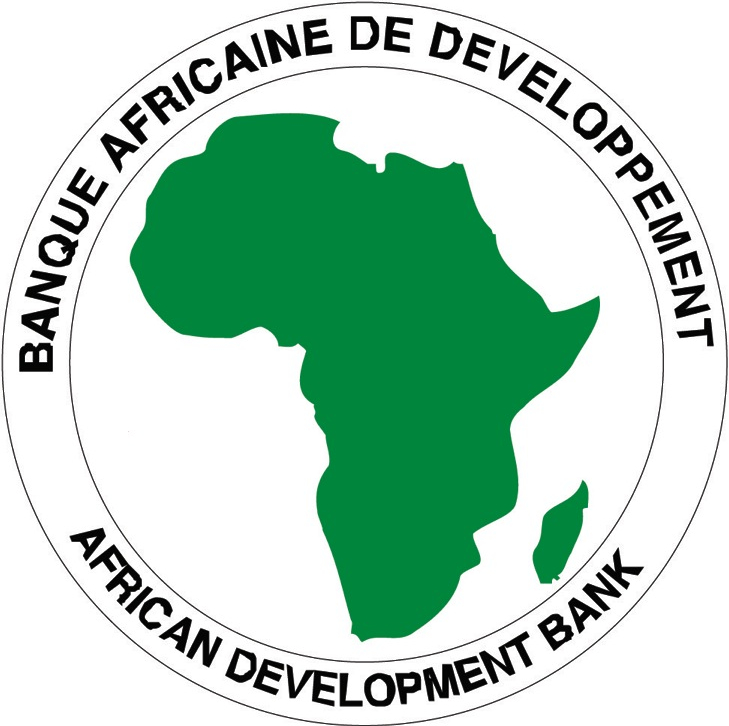Community / Land projects / Kenya - Green Zones Development Support Project - Phase II
Kenya - Green Zones Development Support Project - Phase II

€30282903.54
04/19 - 12/25
Active
This project is part of
Implementing Organisations
Donors
Data Providers
General
The Green Zones Development Support Project-Phase II was conceived by the Government of Kenya (GoK) and builds on success of the concluded GZDSP-1 project. GZDSP-1 contributed to the rehabilitation and protection for regeneration of 309,000ha of degraded forest land translating to 0.54% increase in the national forest cover and significantly increased (by 25%) the annual incomes of 375,912 households (40% female-headed) through direct employment, and income generating activities. The proposed project will provide new and more efficient ways of increasing forest cover, increasing food security, improve community livelihood through sustainable and inclusive commodity value chain and market development. It will be implemented in fifteen counties in Kenya namely; Embu, Meru, Machakos, Tharaka-Nithi, Nyeri, Murang’a, Kirinyaga, Kiambu, Nyandarua, Nakuru, Baringo, Kericho, Bomet, Nyamira and Kisii. These counties cover four forest conservancies and three out of five Kenya’s water towers including Mt. Kenya, Aberdares, and the Mau complex. The counties were selected based on levels of forest degradation, social economic and environmental vulnerability. The project, which will be implemented over a period of 6 years (2018-2024), comprises three main components (i) Forest Conservation and Livelihood Support (ii) Sustainable and Inclusive Value Chains Development and (iii) Project Management and Coordination. The total cost including price and physical contingencies, but excluding duties and taxes, is estimated at UA 37.50 million.
Objectives
The objective of the project is to improve forest conservation and livelihoods for sustainable forest management in 15 counties in Kenya. The specific objectives are (i) to enhance forest conservation and livelihood support for climate change resilience and (ii) to develop timber, bamboo, potato, cereals and pulses value chains for improved household incomes.
Target Groups
The direct beneficiaries of the project are estimated at 167,083 households out of which 40% (66,833) will be 8 women. Indirectly, the project will benefit 501,249 people within the project area. It will also assist the county governments in capacity building and technical support.




